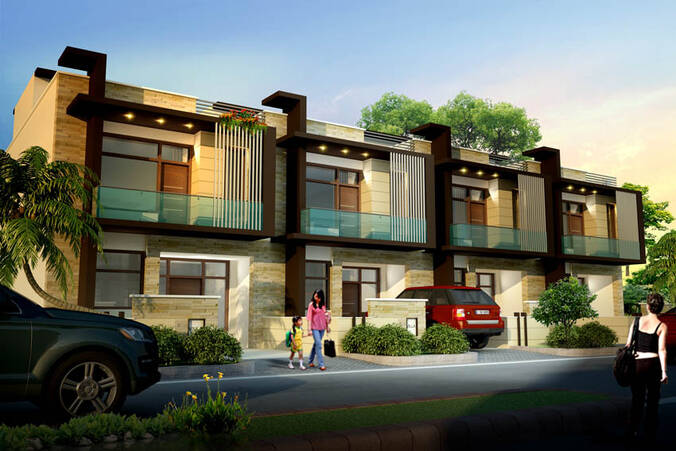Anchor: Priya Arya
Photograph: Aman Gandhi
1. Stone cladding: This entails fixing of material on an existing wall with the help of cement mortar and iron structure, or clamp-bolting system. Various kinds of natural stone can be fixed with this method: sandstone, granite, marble… However, keep in mind that the natural stone selected will undergo the usual weathering process. However, if the stone cladding is not executed properly, this may result in water seepage in the internal areas. This can be tackled by going to artificial tiles that ape natural stone in appearance.
2. Tile cladding: Tiles can be installed directly on the surface with the help of cement and fixing agents such as glue. The advantage of using tiles is that they offer great protection against water seepage and veritably limitless aesthetic options. They are also easy to handle and install.
3. Brick cladding: These can be applied on the surface with the help of rich cement mortar and can be painted in any desired colour. Bricks come in a variety of sizes.
4. PVC and WPC: These materials use wood or plastic in their composition. They are treated such that they become weather-resistant and water-repellant. The installation process creates a cavity between the wall and the new layer, which acts as heat insulation.
5. Textured paints: These are directly applied on the plastered wall surface to create a variety of effects such as stucco and ripples.
6. Glass: Usually toughened glass is used for curtain glazing and structural glazing. It also acts as protective layer against water. If given special treatment, it also as blocks UV rays and heat. It comes in a variety of shades and can be made into different shapes.
7. Insulated and perforated panelling: These panels can be used directly on the surface with the help of a base structure and are useful as protection against heat and noise.
8. ACP panelling: Aluminium composite panels can be applied directly on the surface with the help of a base structure. Available in various colours and shades, this light-weight material offers protection against noise, heat and UV rays.


















